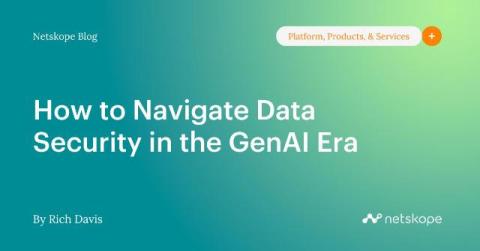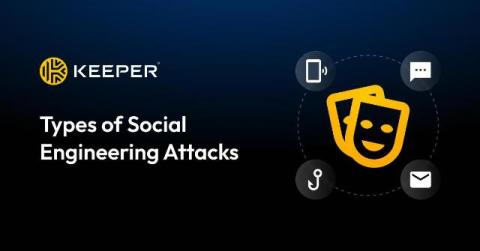Secrets in Plain Sight: Unveiling over 1 million secrets on public websites
Join us at CodeSecDays for an insightful session with Cybernews researcher Vincentas Baubonis, who will reveal how their team discovered 1,141,004 secrets across 58,364 websites. Learn how exposed environment (.env) files containing passwords, API keys, and email credentials can lead to data breaches and site takeovers. We’ll discuss common leaked secrets like database credentials and AWS keys, and their impact, and share research methodology, ethical considerations, and steps to prevent exposure.










